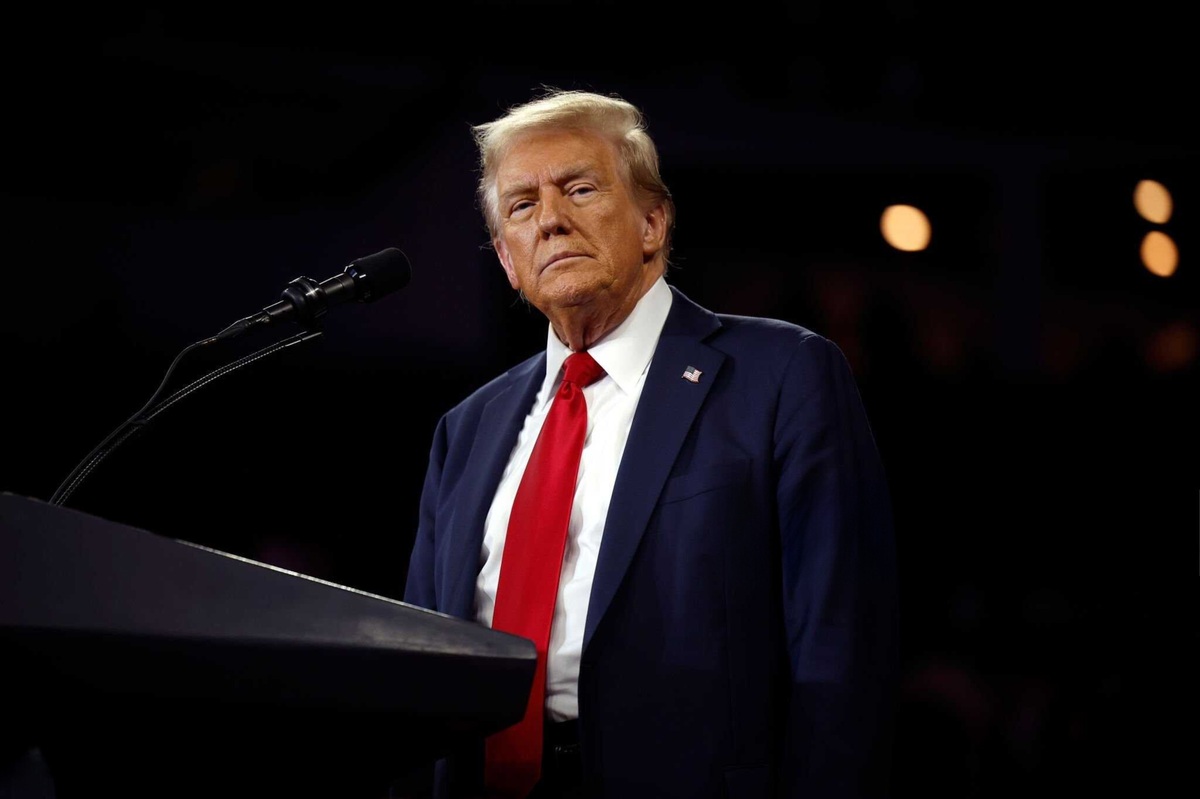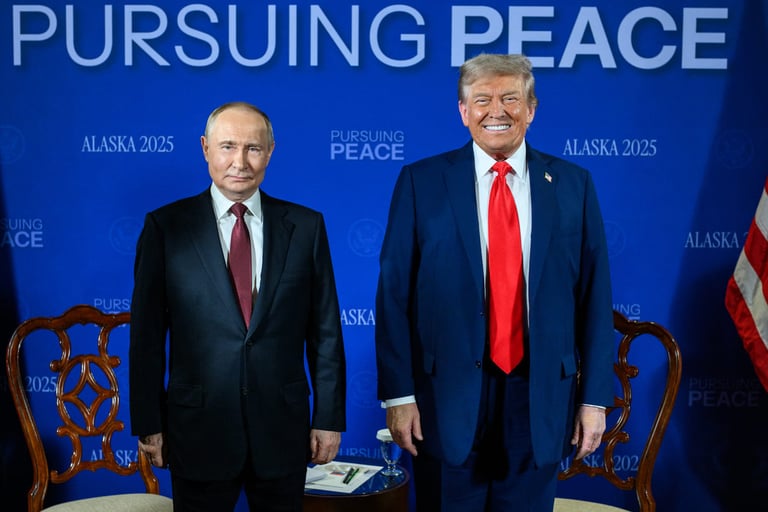U.S. President Donald Trump announced on Wednesday a 10 percent baseline tax on imports from all countries and higher tariff rates on several other nations that run trade surpluses with the United States.
Among the most prominent countries hit by the tariffs are China at 34 percent, the European Union at 20 percent, Vietnam at 46 percent, Taiwan at 32 percent, India at 26 percent and Japan at 24 percent. Canada and Mexico, the two largest U.S. trading partners, already face 25 percent tariffs on many goods and will not face additional levies from Wednesday’s announcement.
Trump’s sweeping tariffs will go into effect on April 5, and his reciprocal tariffs will hit on April 9 on new imports of foreign-made goods. “It’s our declaration of independence,” Trump said at an event at the White House.
Trump seeks more balanced playing field for U.S. exports
Following his remarks, Trump signed an order to remove a “de minimis” tariff exemption on low-cost products. Trump is also planning other tariffs targeting semiconductors, pharmaceuticals and potentially critical minerals, according to a White House official.
The president added that the tariffs will force other countries to lower their own rates on U.S. goods and services, creating a more balanced economic playing field for U.S. exports and a strong incentive for companies to manufacture goods such as cars inside the U.S. to avoid paying the tax.
“The tariffs established during President Trump’s administration, expected to generate around $700 billion in revenue annually, have significant implications for both global and regional trade. On a global scale, these tariffs are primarily aimed at countries where the U.S. has large trade deficits, like China, Canada, and the EU, impacting sectors such as steel, aluminum, and automobiles,” noted Vijay Valecha, chief investment officer, Century Financial.
The tariffs are the latest in a series of levies Trump has announced since taking office in January. They include 25 percent tariffs on imported steel and aluminum, levies on imported automobiles and automobile parts and tariffs on goods from Mexico and Canada.
Read: Trump to make first foreign trip to Saudi Arabia as early as May
Tariffs to include Arab states
The White House announced a 10 percent reciprocal tariff on the UAE and Saudi Arabia, saying the two countries charge the U.S. a similar amount. The announcement also included Oman, Qatar, Bahrain and Kuwait.
The decision will also implement a 20 percent tariff on Jordan, 28 percent on Tunisia, 10 percent on Egypt, Morocco and Lebanon, 30 percent on Algeria, 39 percent on Iraq, 41 percent on Syria, and 31 percent on Libya.
The announcement of tariffs on Arab states comes after Trump announced his plans to visit Saudi Arabia as early as May to sign an investment agreement, marking this visit as his first foreign trip in his second term. Trump also plans to visit Qatar and the UAE during this trip. “It could be next month, maybe a little later,” Trump told reporters in the Oval Office.
In early March, Trump said his trip to Saudi Arabia would be to seal an investment agreement worth around $1 trillion in the U.S. economy, including purchases of military equipment. He suggested that similar agreements would be signed in Qatar and the UAE.








